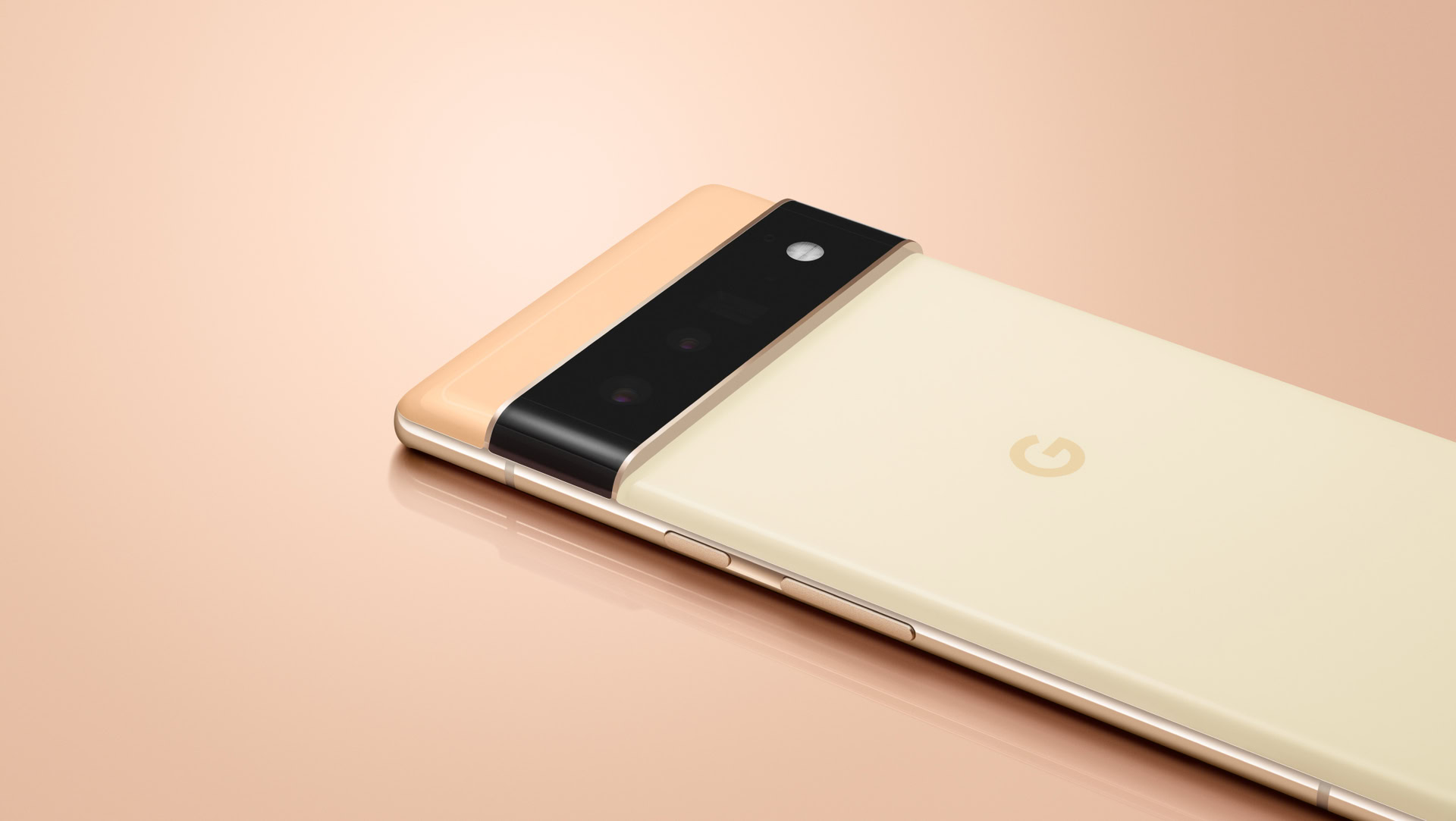Affiliate links on Android Authority may earn us a commission. Learn more.
Google Pixel 6 Pro revisited: The good and bad six months later
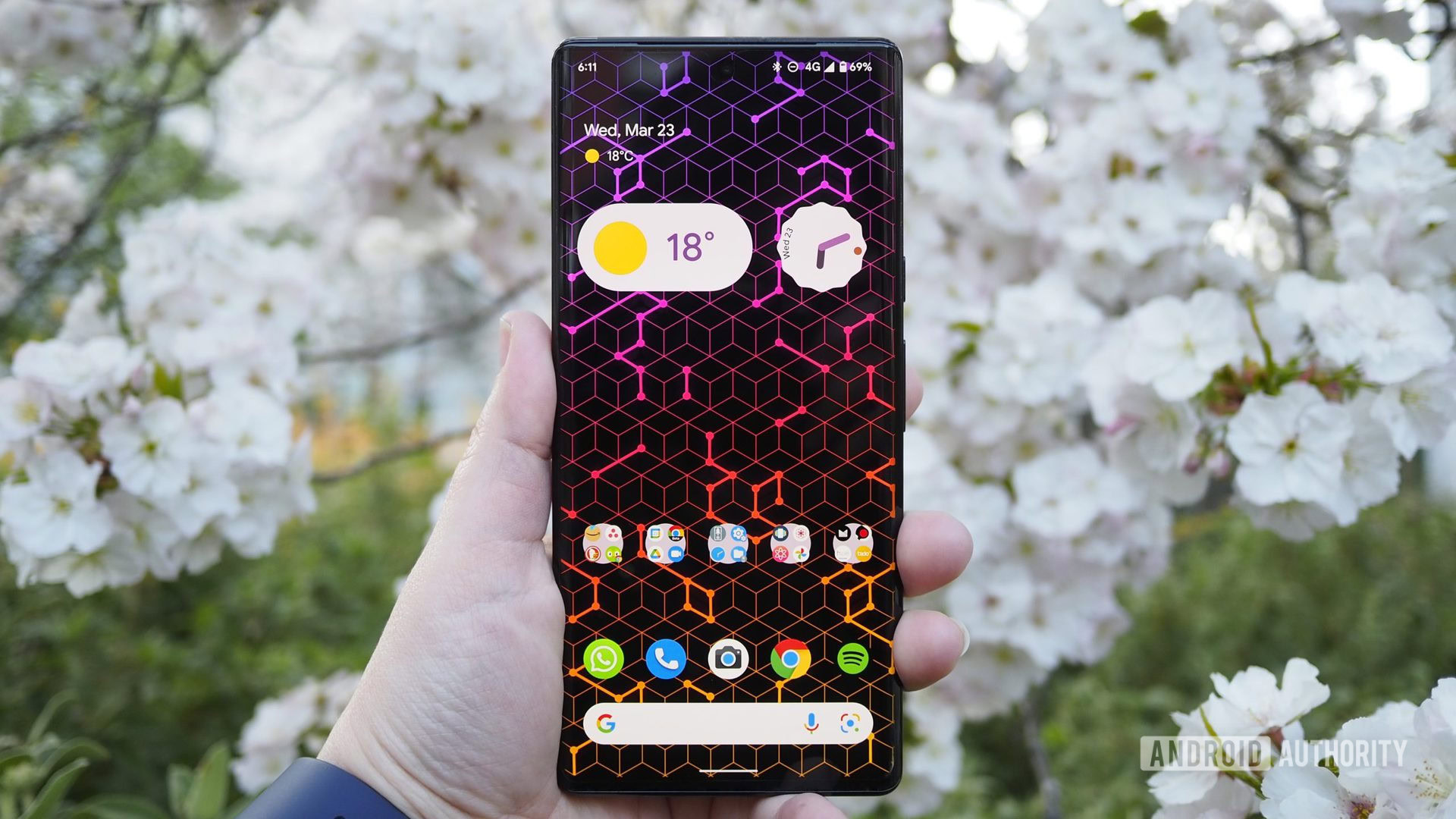
Few phones were as anticipated as the Pixel 6 Pro in 2021. Hailed as the first “true” Google phone, it represents the company’s debutant attempt at building an integrated mobile experience from the ground up. With a unique external look, Google Tensor powering the hardware, and a cohesive new Material You design language tying together the Android OS and third-party apps, the Pixel 6 Pro certainly didn’t disappoint. But over half a year later, is Google’s best still good enough? That’s what we’re here to answer in this Google Pixel 6 Pro review revisit.
Our verdict: The original Android Authority review of the Google Pixel 6 Pro
Ever since I got the Pixel 6 Pro, I’ve been reluctant to use it as my daily driver, opting instead to keep my secondary SIM in it. The smaller Pixel 5 remained my go-to phone. But for the purpose of this revisit, I set aside my pocketable Pixel 5 and made the leap to the 6 Pro. For the first few days, the change in size was nothing short of jarring. But as time went on, I grew to appreciate it more, both in terms of physical size and features. Some aspects caught my attention, others failed to impress me, so let’s dig in.
The good
Standout design
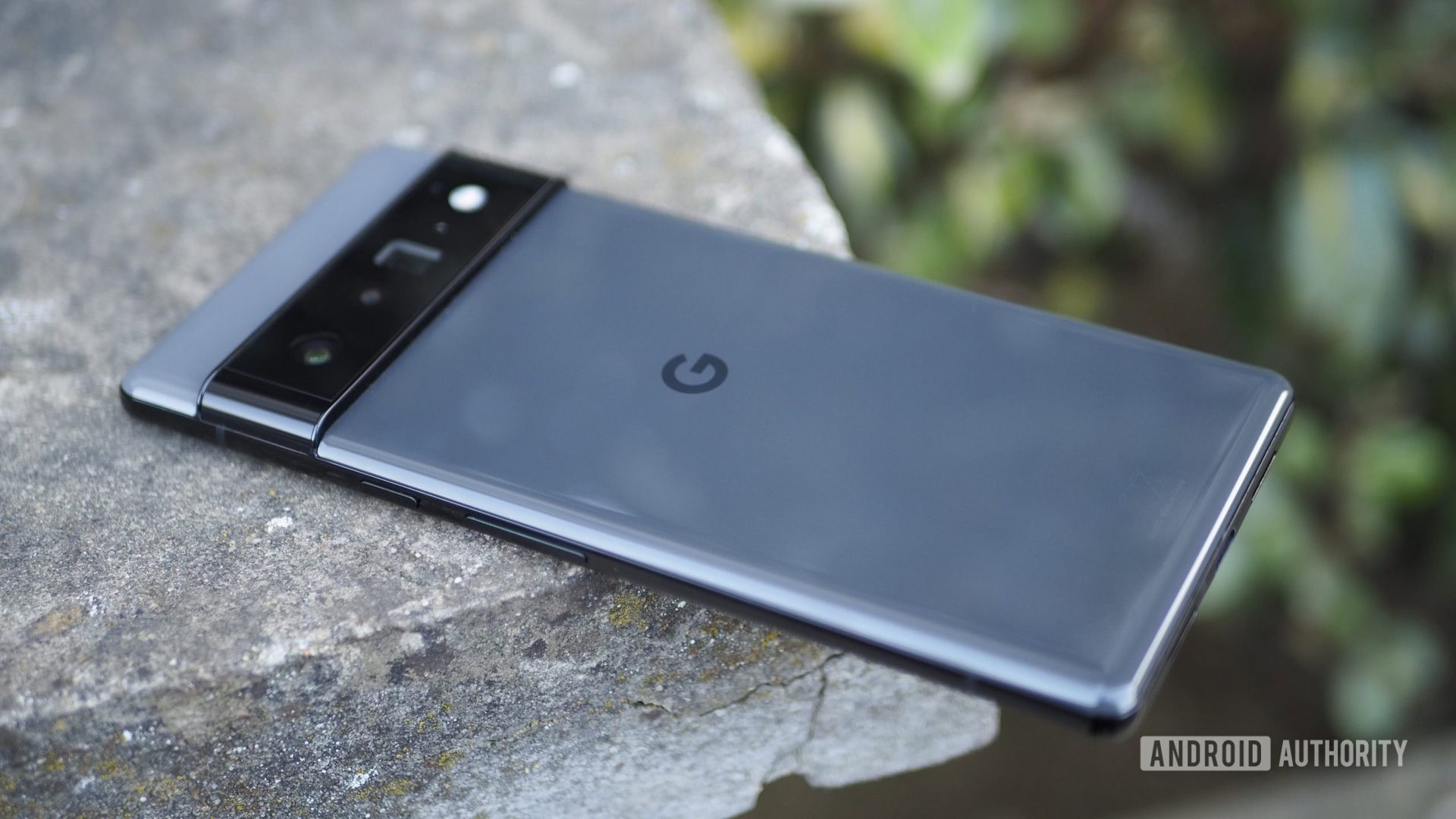
Unique designs and colors have been a centerpiece of the Pixel line-up since the original Pixel in 2016. Google has played with distinctive dual materials and textures on its phones’ back, unique color combinations, abnormally large notches, Soli radars, and various rear camera bump shapes. The inconspicuous look of the Pixel 5 made us question a change in direction, but the Pixel 6 and 6 Pro both put those doubts to rest.
The horizontal camera bar is certainly iconic. In a world full of upper-left cornered square or rectangular lens arrays, the protruding Pixel 6 series camera bump is a clear standout. It’s unique enough that you could even recognize a Pixel 6 or 6 Pro in a case from afar. But it isn’t the phone’s only eye-grabbing aesthetic element.
The Pixel 6 Pro is both very elegant and slightly eccentric. It has character.
In a move reminiscent of some of the first Pixels, there’s a dual-tone play between the back panel above the camera bar and the one below it. It’s a bit more subtle on the Pixel 6 Pro than the regular 6, owing to the more reserved color options — Cloudy White, Sorta Sunny, and Stormy Black — but it is still distinctive.
Add in a lot of curves, a gorgeous 6.7-inch OLED display with QHD+ resolution, and all the glossy metal and glass that you can think of, and the Pixel 6 Pro is both very elegant and slightly eccentric. It has character. That’s a gigantic leap from its matte, grainy, and discreet predecessor.
Camera, camera, camera
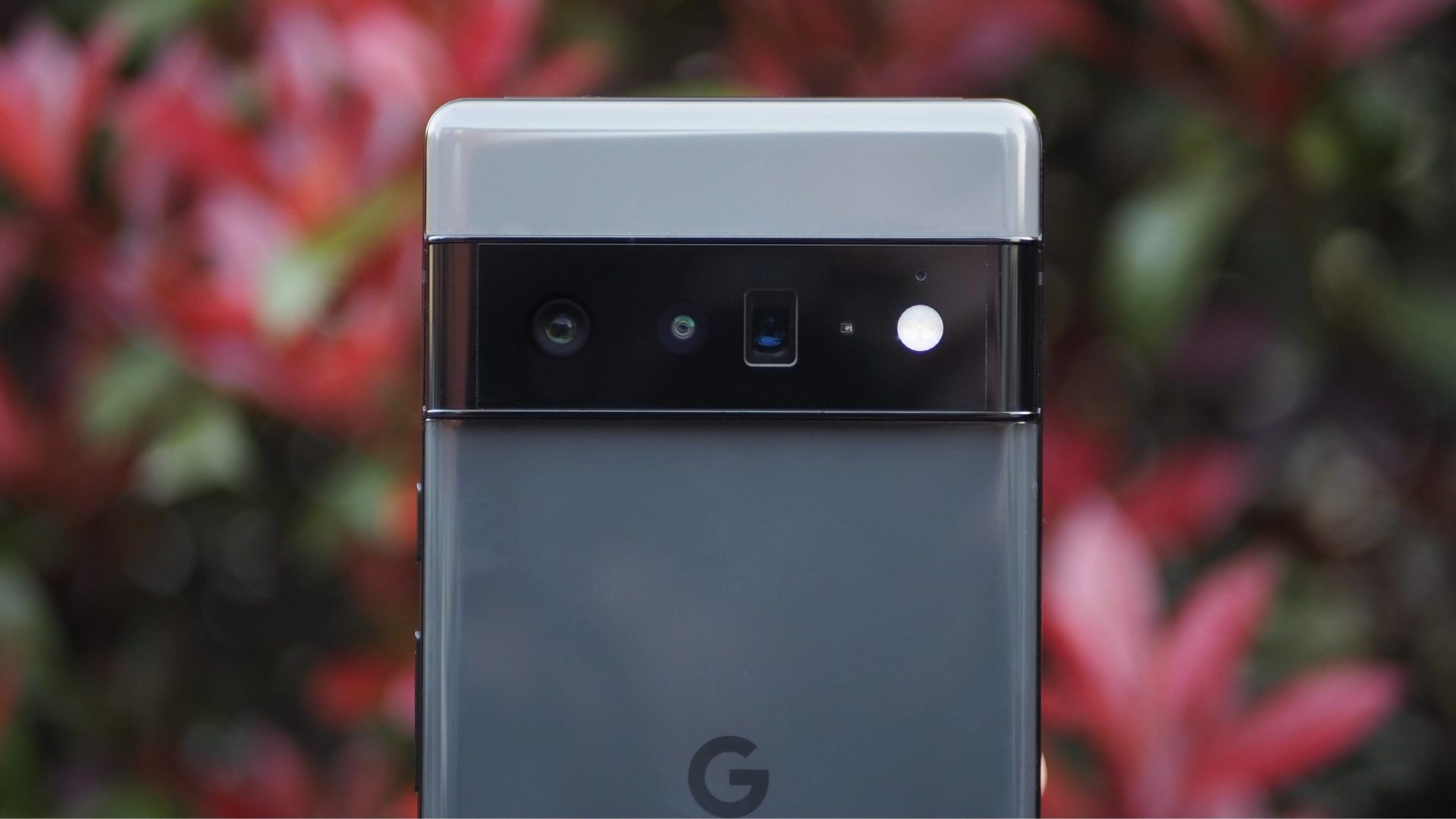
For years, Pixel cameras have been lauded for their incredible performance and the amazing photos they take. Google made the most of its post-processing software enhancements and redefined portrait, night, and astrophotography. But the hardware sensors lagged behind for many generations. With the Pixel 6 Pro, Google has caught up to the competition by upgrading the main shooter to a 50MP sensor, keeping the ultrawide lens (though switching to a slightly wider field-of-view), and adding an impressive 48MP 4x optical zoom telephoto. With stabilization and digital processing, the latter can zoom up to 20x while remaining relatively usable.
To accompany these new sensors, Google has brought an array of new features. There’s a motion mode that lets you freeze moving objects and blur backgrounds (action pan) or freeze backgrounds and blur moving objects (long exposure). Another feature triggers the ultrawide sensor along with the main one to “unblur” faces; it works by capturing a very quick snap if the subject is moving too much, like active kids for example. And after any photo is taken, the Magic Eraser can remove background objects and unwanted disruptions (think hanging electric wires and random strangers) to help you get the most eye-pleasing photo.
Check out: The best camera phones
Six months after launch, the Pixel 6 Pro’s camera experience remains stellar. Even though the differences with the Pixel 5 aren’t outstanding, it is a far more versatile shooter. In our mega end-of-year shootout, the 6 Pro stood tall against more expensive smartphones like the iPhone 13 Pro Max and Samsung Galaxy S21 Ultra. Today, it still fares well against the newer Samsung Galaxy S22 Ultra.
I struggle to find a bad Pixel shot in my gallery.
But perhaps the “feature” we appreciate most about the camera experience is its reliability. In any challenging light situation, with any zoom or wide or regular angle, using any camera mode, and with very little fuss and minimal time, the Pixel 6 Pro can snap a good image. That is true at least 95% of the time, if not 99% of the time, for me. I struggle to find a bad Pixel shot in my gallery, and I’ve been to strobing light shows in dark warehouses and outdoor night light projections.
Pixel software experience
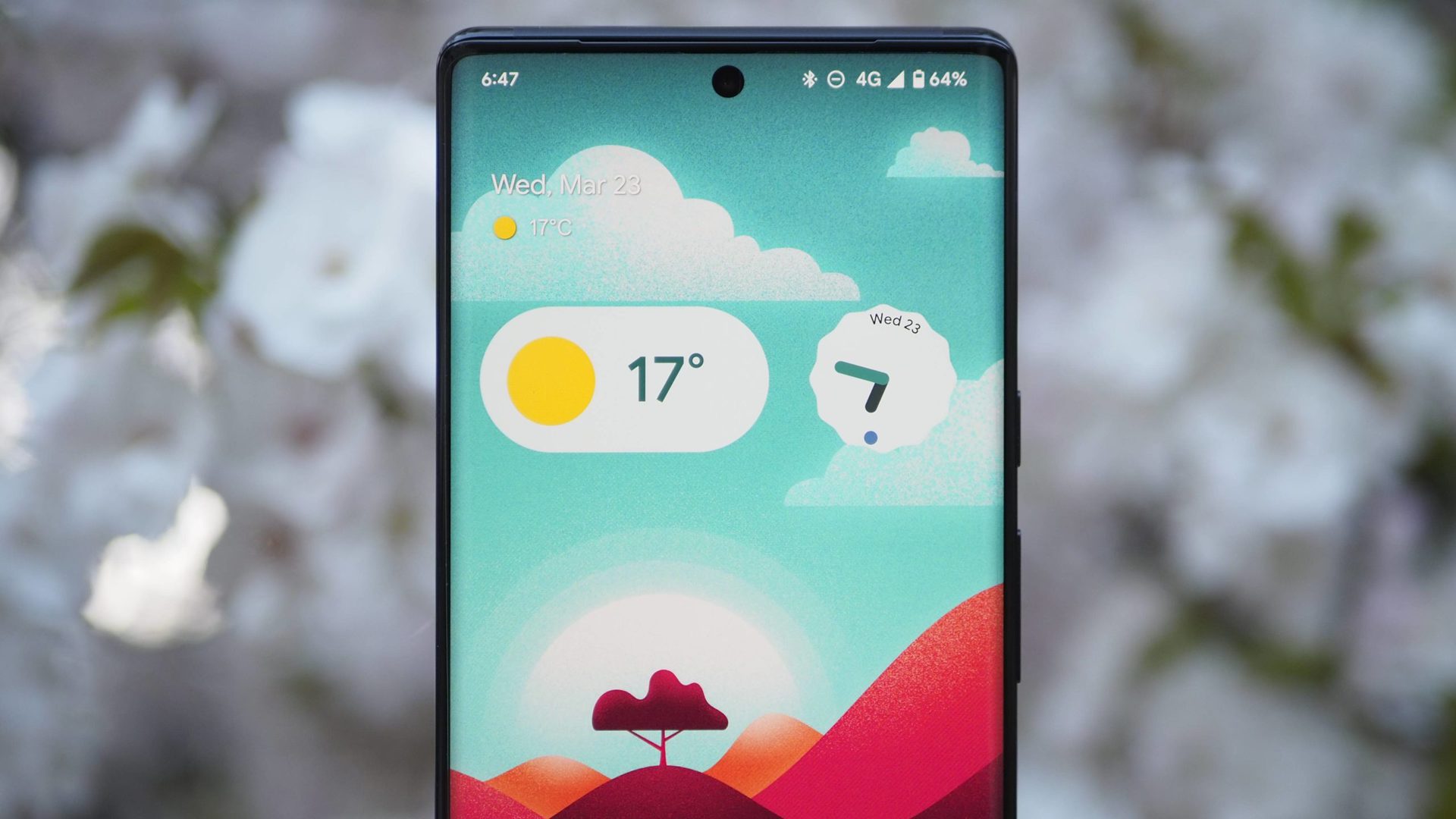
Google’s flavor of Android has evolved over the years. From the original “stock” experience on Nexus phones, we’ve reached a point where the Pixel UI is a standalone skin, just like Samsung’s One UI and Xiaomi’s MIUI. It embodies Google’s vision for Android and offers plenty of unique, and useful, features.
The Google Assistant‘s phone call management features (Call Screening, Hold for Me, Wait Times, Direct My Call) are game-changing value-adds, though they’re limited to the US and a few other countries. Live translation and captions, voice typing, and the Google Recorder app all leverage on-device processing to help you better communicate with your phone or the world around you. Pixels can also detect car crashes and call emergency services, they show the titles of songs playing near you before you even ask, and they let you copy or translate any text from the app overview screen.
Material You feels 'at home' on the Pixel 6 Pro in a way that it never did for the entire year that I've been using it on the Pixel 5.
Plenty of small extras add up to a strong software proposition. On top of this, we have Android 12 and its distinct design elements with Material You. For the first time, the continuity between the Google hardware and the Android software feels seamless, and I say this having used Android 12 on both the Pixel 5 and 6 Pro. I couldn’t explain it to you in words, but Material You feels “at home” on the 6 Pro in a way that it never did for the entire year that I’ve been testing it and using it on the Pixel 5.
And the best part is that Google is continuing its quarterly Feature Drop updates, bringing new features to its Pixel line-up every three months. The company is one of the first to understand the need to shift to a “software as a service” model, and is making sure users don’t have to wait for a new Android version or new hardware to try and enjoy new capabilities on their phones.
The not so good
Design, again
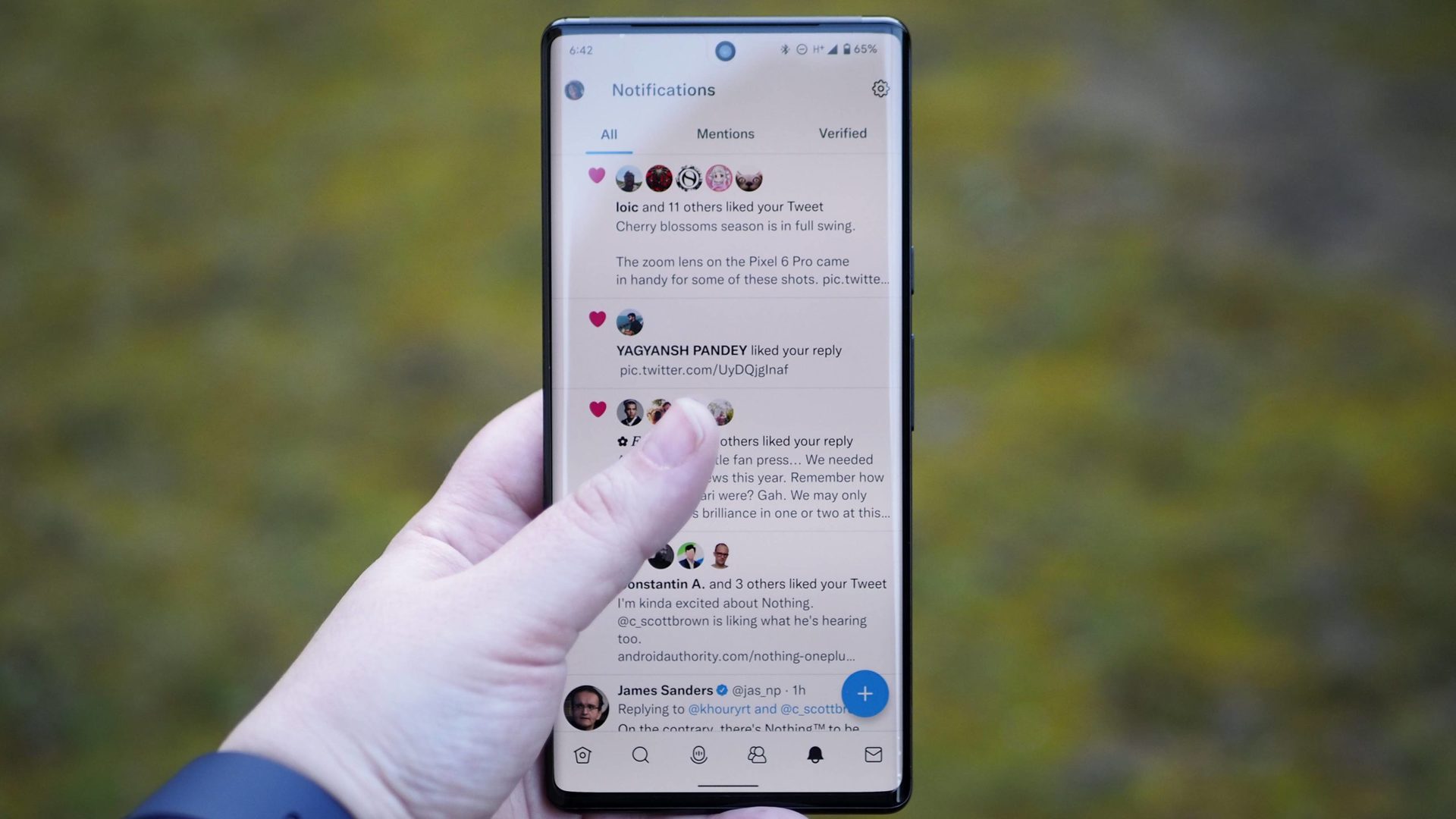
For all the good things we have to say about the Pixel 6 Pro’s design, the phone still has some major drawbacks. For starters, it’s huge. Gigantic. Massively and ginormously gargantuan. We’re only exaggerating a bit when we say this, but we’re not the only ones saying it — check this, this, or this for a small sample of opinions from others who have held it and used it.
Size comparison: Pixel 6 Pro next to other popular phones
The issue isn’t limited to the physical dimensions of the phone (163.9 x 75.9 x 8.9mm), but it’s also about the weight (210g) and its distribution. The Pixel 6 Pro is top-heavy, likely owing to the camera bump, so one-handed usage often feels like a dangerous juggling act. Try to reach the upper side of the display with your thumb and the entire phone leans back a bit too much. It might even topple over if you’re not used to it. Even reaching the bottom corners isn’t as easy as it should be. Enabling one-handed mode helps a bit, but the bottom corners remain a question mark.
The problem is compounded by the slick and slippery finish. The Pixel 6 Pro is nearly unusable without a case. You might get away with it if your hands have a perfect level of moisture, but too dry or too sweaty and the phone will slide smoothly between your fingers and land on the floor. Using a case solves that problem, but it makes the phone wider, bigger, and thicker. Cases are also annoying with the curved display. Not an ideal solution.
It is too big, top-heavy, and very slippery.
When using the Pixel 6 Pro, I remain “aware” that I’m using a Pixel 6 Pro. I have to actively think about how I’m holding it, where I’m placing it, which pocket I’m sliding it in. I have to stop what I’m doing and hold it with two hands when I want to scroll, swipe, type, or read for more than a minute. A smartphone is a glorified tool now, and you should be able to forget that you’re using it to focus on what you’re doing instead (reading, watching, playing, chatting). That’s tough to do with the Pixel 6 Pro. You have to actively think about how you’re using it, which takes away from the experience.
Bugs and slow software updates
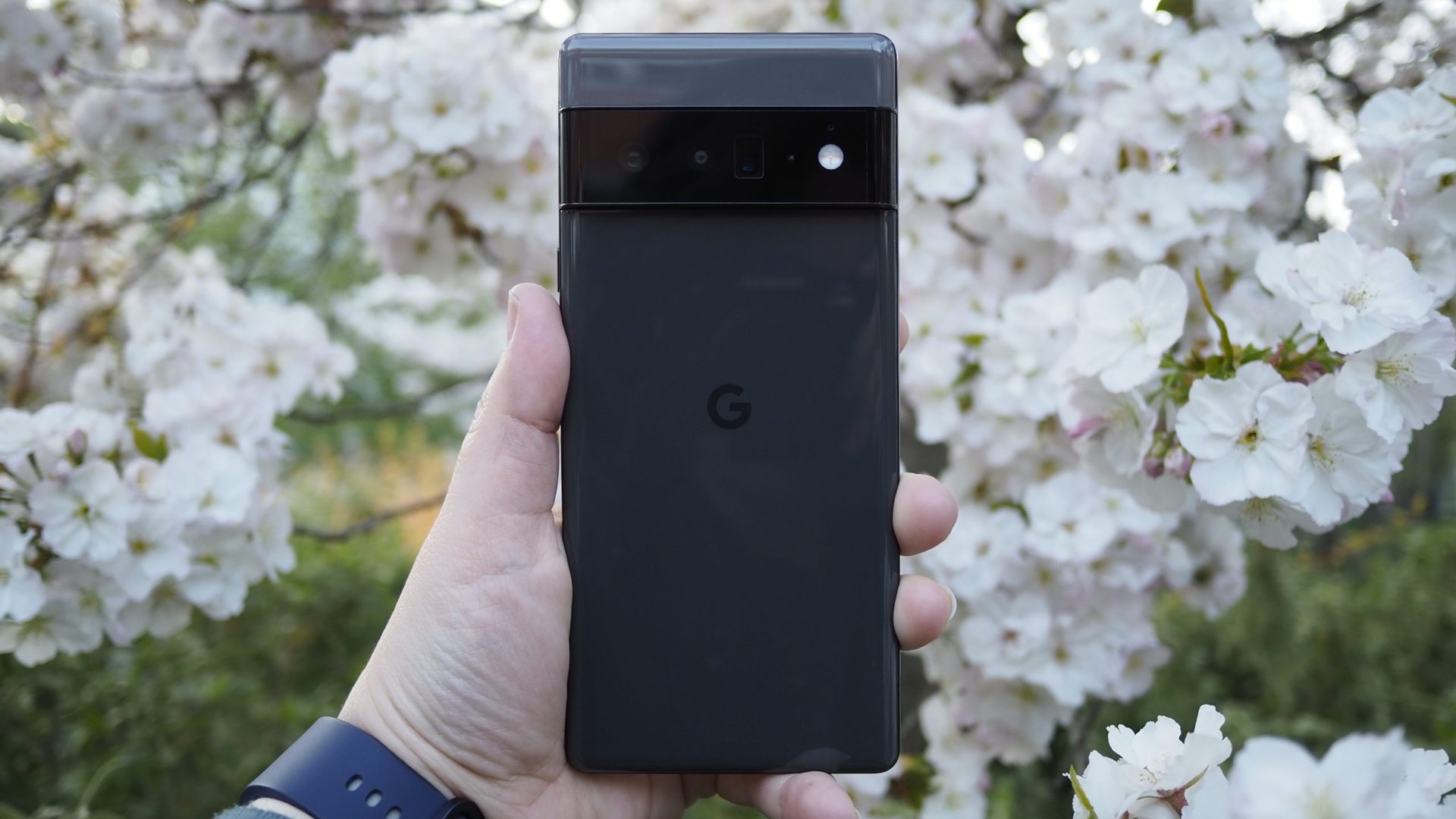
Pixels and bugs are a story as old as time six years. The two go hand-in-hand, mostly because Pixels are at the cutting edge of Android. They’re usually the first phones to receive a new Android version, any minor or major update, and any new Google or Android feature. But things have been much worse for the Pixel 6 Pro.
Discover them all: Pixel 6 Pro problems and how to solve them
First, the bugs are a little more than just minor annoyances. We’ve seen display flickers, fingerprint slowness and odd bugs, and more notably, a random calling bug and many Wi-Fi connectivity problems again and again. Worse yet, Google hasn’t been as reactive in fixing these as expected for a flagship. Updates to the Pixel 6 series have been paused, delayed, or have introduced bugs of their own.
Six months after launch, we'd expect Google to have bugs and updates figured out, but it clearly doesn't.
Monthly security patches and quarterly Feature Drops are supposed to reach all eligible Pixel phones at the same time, but the Pixel 6 series has lagged behind for several months now. Whether this is due to the new Tensor processor, the entire Android 12 redesign, or any other reason, we don’t know. But the end result is the same. Six months after launch, we’d expect Google to have its bugs under control and its updates figured out, but it clearly doesn’t.
All the minor issues that add up
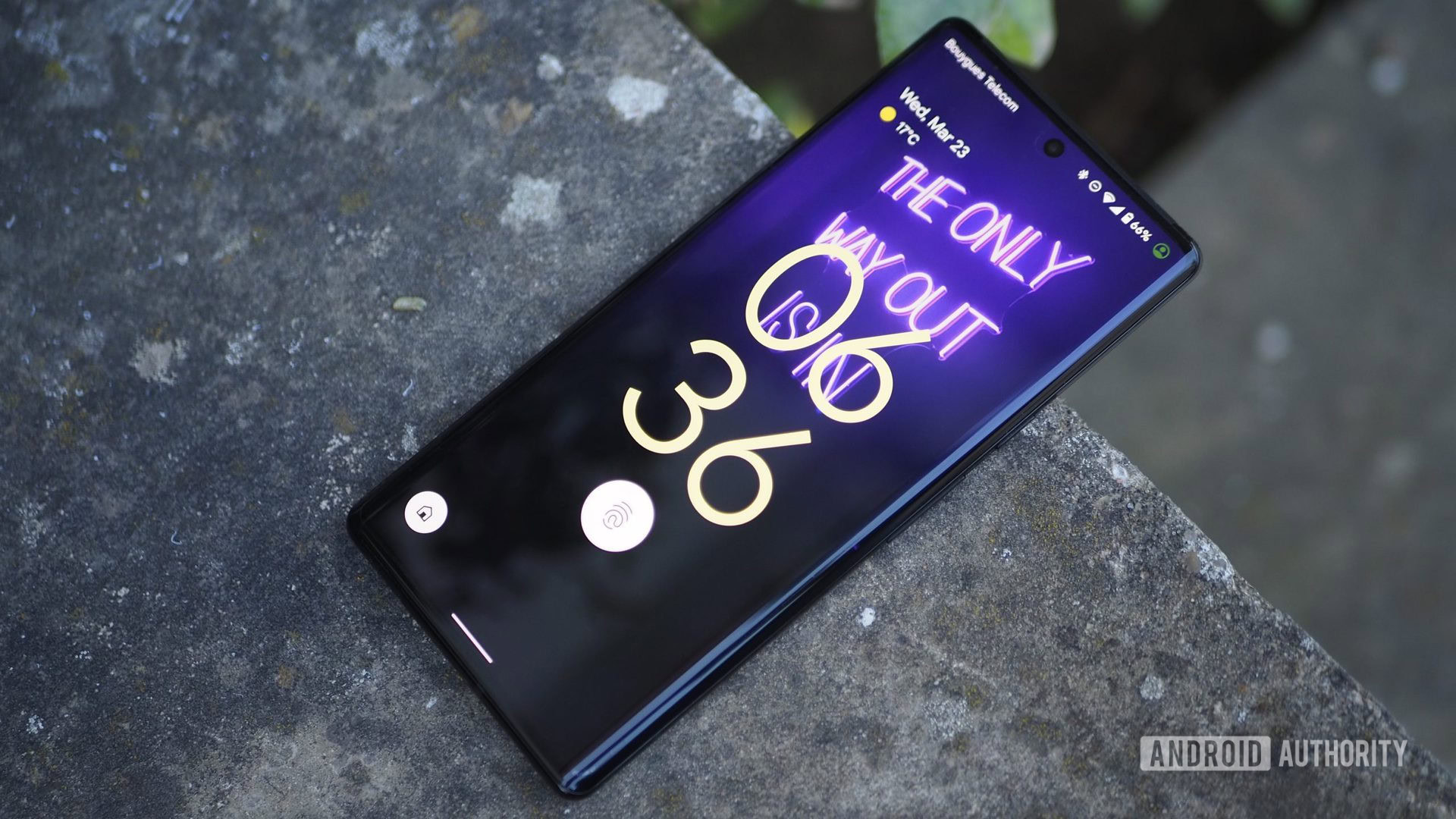
Despite it being a first-generation phone in some ways, the Pixel 6 Pro surprisingly doesn’t have many glaring deal-breakers. It does, however, have a list of small issues that you can learn to live with or compromise on. The slow fingerprint sensor took a lot of hits in the first month, but it got faster and more accurate with updates. It’s fine now, and once you use the phone for more than a week, you forget about it.
The camera could also use a few improvements. Its ultrawide lens isn’t wide enough (114-degree FoV) compared to other flagships (120-degree FoV on the Samsung Galaxy S22 Ultra and iPhone 13 Pro), it doesn’t yield the best results in our tests, and it doesn’t focus on close distances for macros. Instead, you have to use the zoom lens for macros, resulting in some weird focus planes and fuzzy watercolor bokeh. The tiniest of hand shakes or wind gusts make it worse.
Other things we can nitpick are the slow wired and wireless charging and less than stellar SoC performance. Google had hinted that the Pixel 6 Pro might support 30W wired charging, but our tests revealed that it tops at 22W — and Google confirmed that. As for the processor, our initial findings had the Tensor chip’s performance hovering around the 2019-2020-era Snapdragon 865. It was already lagging behind the Snapdragon 888 and Exynos 2100. Now, six months later, the situation has gotten a little worse. The Pixel 6 Pro hangs around the bottom of our flagship benchmark tests. In daily use, both the charging speed and performance aren’t a concern, but as Google and Android’s crown jewel, the Pixel series should be better.
Our test: Galaxy S22 benchmarked — Snapdragon 8 Gen 1 vs Exynos 2200
Google Pixel 6 Pro review revisited: The verdict
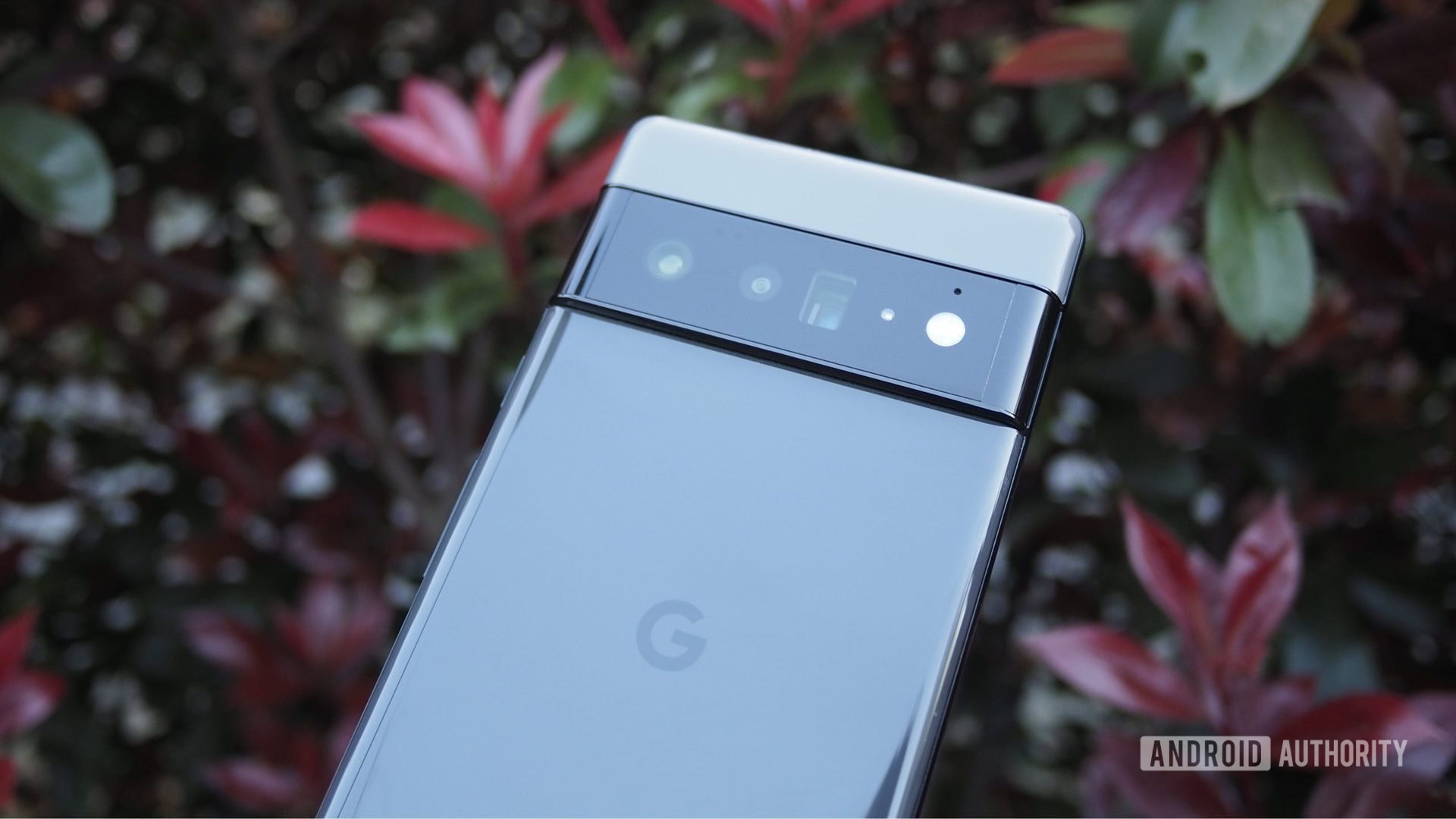
Google clearly took a leap with the Pixel 6 series. After what felt like a hiatus with the Pixel 5, the sixth generation is bold and ambitious. Does it get everything right? Of course not. The two phones are big but unique, affordable but still only available in a few countries, excellent if you don’t face any bugs but annoying if you do.
Six months after its release, the value proposition of the Pixel 6 Pro remains strong. If anything, it has gotten stronger. With other historically cheaper phones coming in at similar or higher price tags in 2022, the $900 Pixel 6 Pro remains king of its price range. Its display and camera are battling it out with phones that cost $200 and $300 more, its update promise is still solid (though Samsung is doing better), and most of its issues are manageable. Google is on short notice, though: the bug situation should be sorted, yesterday.
Is the Google Pixel 6 Pro a good buy, 6 months later?
The biggest competition to the Pixel 6 Pro lives close to home. Dollar for dollar, the Pixel 6 ($599) is a better value. You sacrifice the zoom lens, the QHD+ 120Hz display for an FHD+ 90Hz panel, the 12GB of RAM (but 8GB is more than enough), the UWB chip, and you get a downgrade to the selfie camera. As a bonus, you save $300 and get a slightly smaller phone with a flat front panel. It’s hard to argue with that.
Look ahead: Everything we know about the Google Pixel 7
For Google, the Pixel 6 series is clearly just the beginning of its new smartphone strategy. The seventh generation of Pixels is only half a year away and if rumors are to be believed, it will reiterate last year’s phones (designs and sizes), but it will come with an upgraded Tensor 2 chip. Google only needs to learn from its (relatively few) mistakes from the Pixel 6 and 6 Pro, fix them, and add some extra features to further differentiate its Pixel line-up from other Android flagships. If and when it does, we could be looking at a smash hit, but until then, the Pixel 6 Pro is excellent… with a few asterisks.
